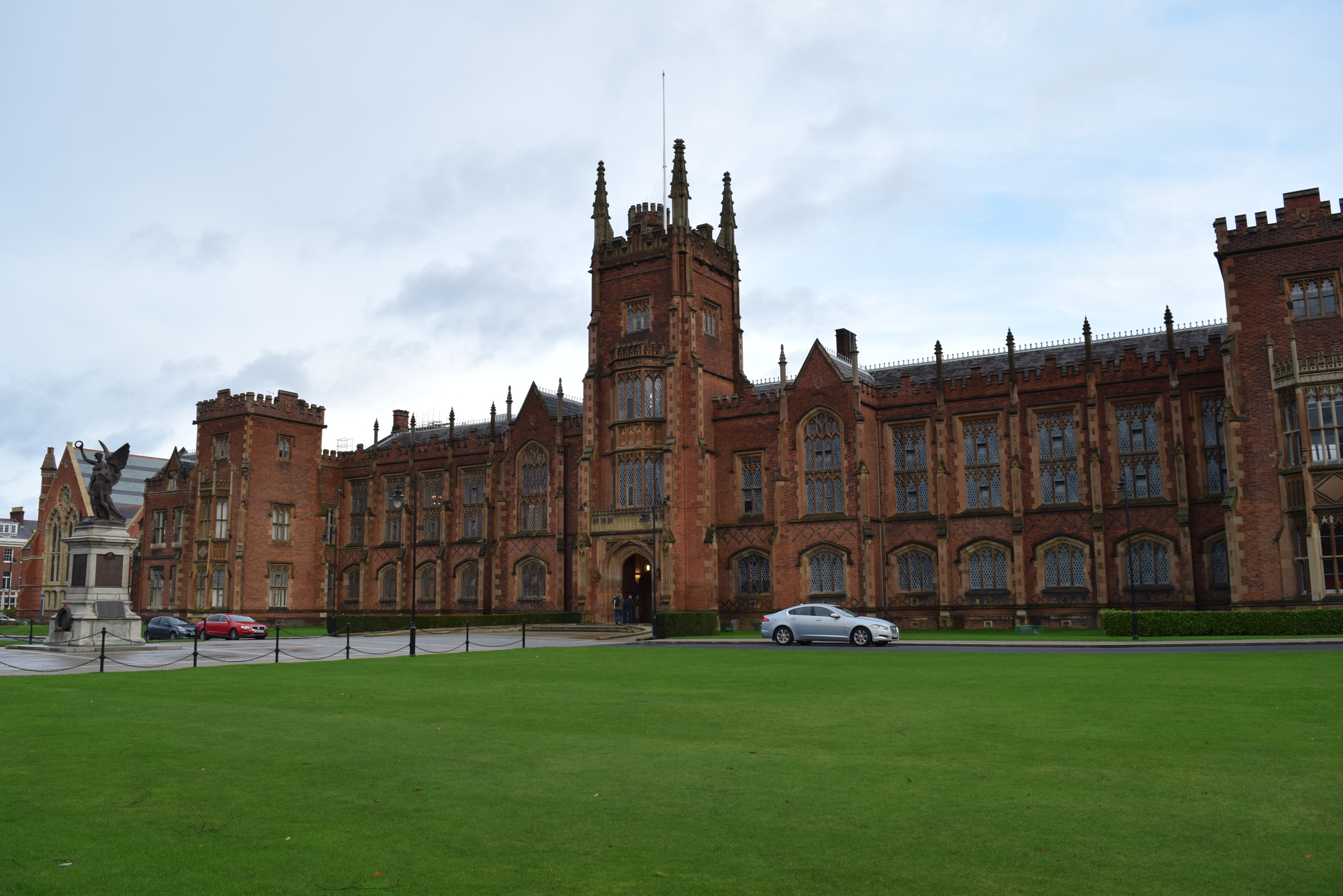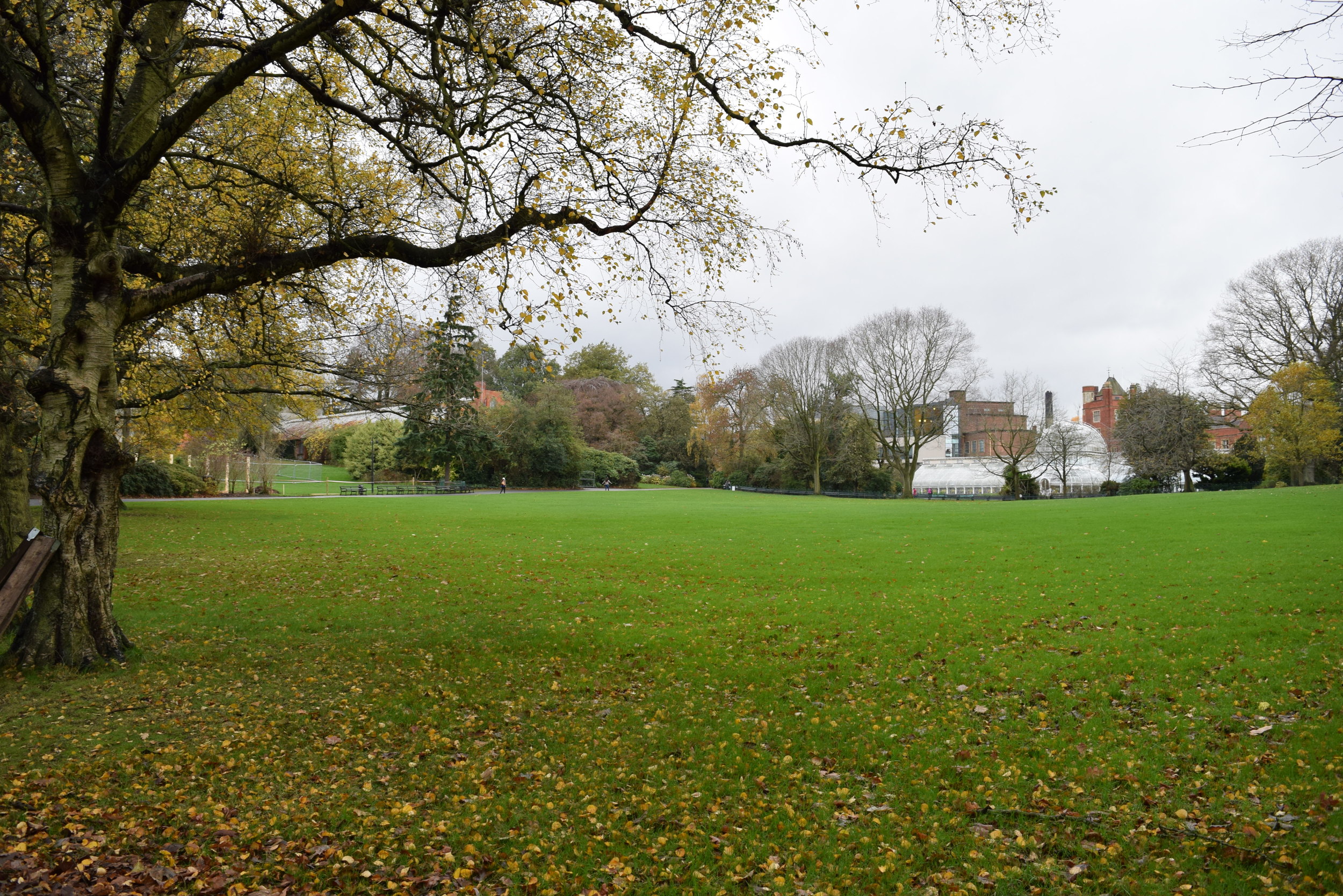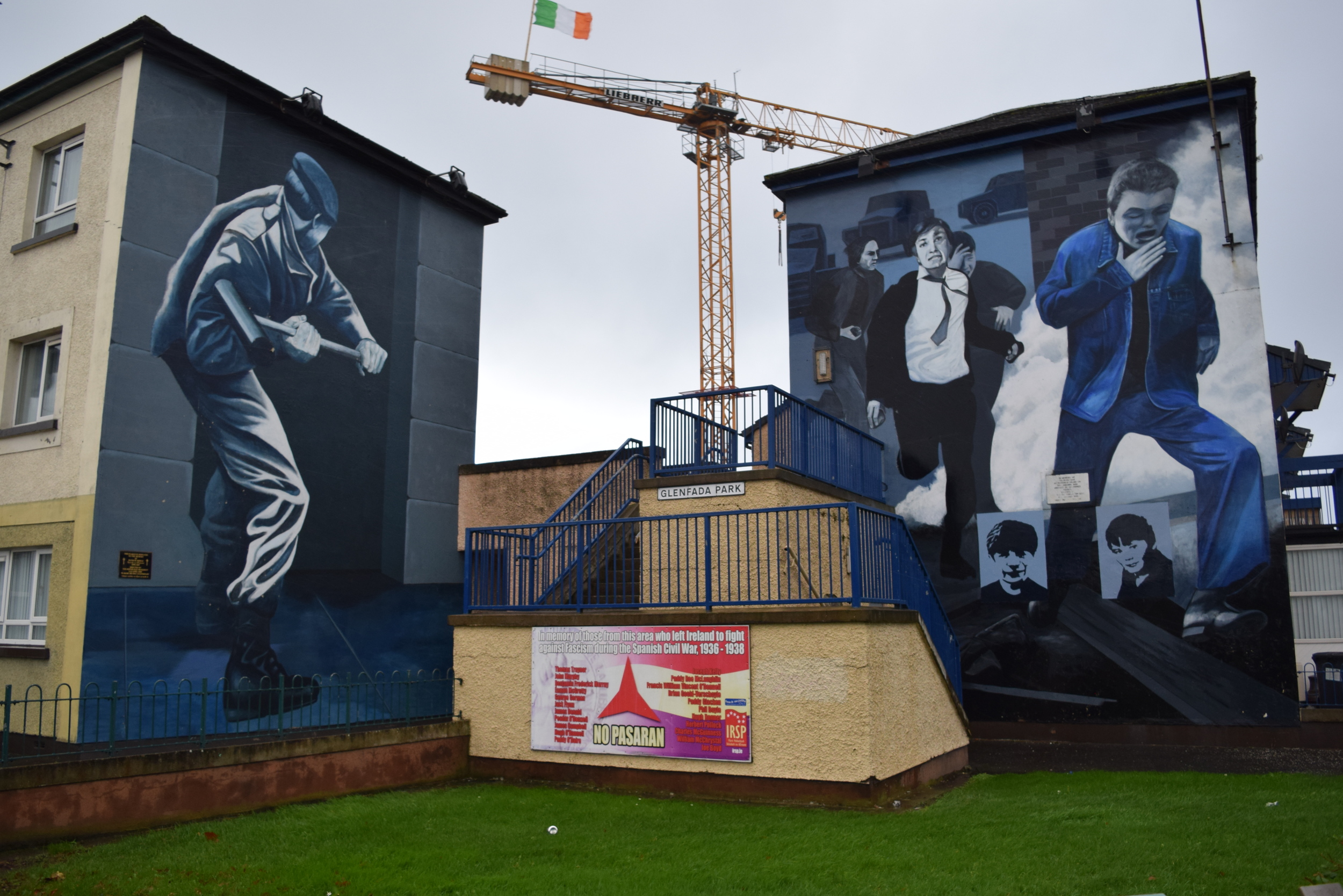2/9
My friend David Reese has written about the use of veterans, specifically physically disabled ones, as political props. He’s also written on the problems associated with empty statements of support for veterans. It’s insightful stuff and I have been thinking of it a lot as the election season has kicked off. Politicians love to use veterans to achieve their goals. Like a lot of politicking, it can be painful to watch, but in most cases it is just the way the game is played. However, Donald Trump has crossed into new territory in using veterans as political tools with his “fundraiser” after he decided his feelings were too hurt for the Iowa debate. Trump’s event was an egregious attempt at parlaying the broad support in society for veterans into political gain once Trump realized he had made a strategic mistake in the Iowa campaign. Of all the candidates this cycle, Trump has demonstrated the worst understanding of veterans and veterans’ issues. Let’s dispel once and for all with this fiction that Donald Trump is an ally of veterans.
“I always felt like I was in the military.”
-Donald J. Trump
I don’t hold it against Trump that he didn’t serve in the military. Most Americans have not served in the military. It does not make them lesser Americans. Veterans do not hold a special class of citizenship, nor should we. My generation of veterans made a choice to serve. For me it was the right choice and I am proud of it. A lack of military service is not something to be ashamed of, however claiming that you were pretty much in the military is demeaning to those of us who actually wore the uniform. I don’t care that you didn’t serve, just don’t act as if you did.
Further, Trump has degraded the actual military service of others for political gain. Mocking John McCain for having been a prisoner of war shows a casual disregard for the realities of combat service. At least the Swift Boat Vets were actually in Vietnam. His understanding of the effects of roadside bombs is also distorted. IEDs were a signature feature of the conflicts in Iraq and Afghanistan. If all they brought about was a “little ride” when a Humvee struck them the death toll in those conflicts would have been significantly lower and countless cases of traumatic brain injury, amputation, mutilation, and other maladies would have been avoided.
In his capacity as a businessman Trump also has a history of being not so friendly to veterans.
Trump’s event in Iowa was a hasty attempt to use a politically sympathetic group as cover once it became clear that Fox News was not going to give in to his bullying. His record shows his cluelessness towards military service and veterans issues. The event itself had very little substance with regards to veterans’ issues and was just another chance for Trump to brag about how great a guy he is. In the events wake Trump has attempted to use veterans as props and thankfully they have declined. Trying to assist charities for veterans should be an apolitical act and groups are right to refuse to be dragged into campaigning.
Stating you support veterans does not make it so, especially if you have a tendency to distort and misunderstand service in the ways Trump has. I would say that this stunt lowered my respect for Trump, but that is simply not possible at this point.
Voicing faux concern couched in anti-immigrant rhetoric does nothing to help struggling veterans. Spreading misinformation about the VA does not fix its problems. Writing what surely must be the classiest, most sophisticated check ever written for veterans’ groups does not make you a great American. If you want to make America great for veterans use your platform to actually identify problems facing them and put forward intelligent policy prescriptions. Bombing the “shit out of” ISIS or Iraq or any other group or country for that matter is not a serious foreign policy plan and it does not lead me to believe that service members, future veterans, under Commander-in-Chief Trump would be valued. Valuing veterans begins with valuing service members and not blindly planning to place them in danger because it gets applause at a campaign event.
Donald Trump is not a friend to veterans. He’s a child contemptuously parading as a serious candidate. His support of veterans is superficial, opportunistic, and dismaying. America’s veterans deserve better.
Donald, feel free to let me know how much of a loser I am for not properly appreciating cynical rhetoric and theater.


















